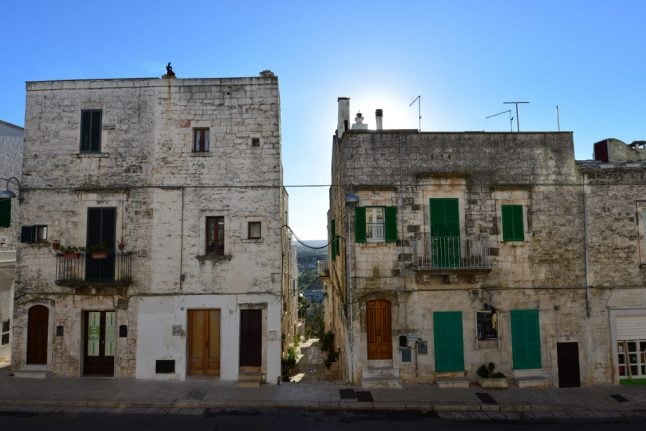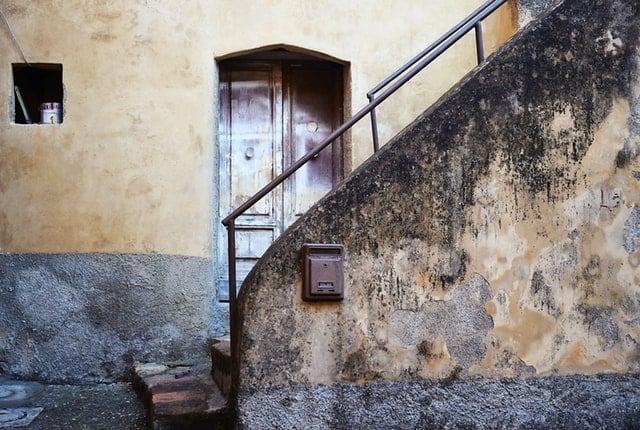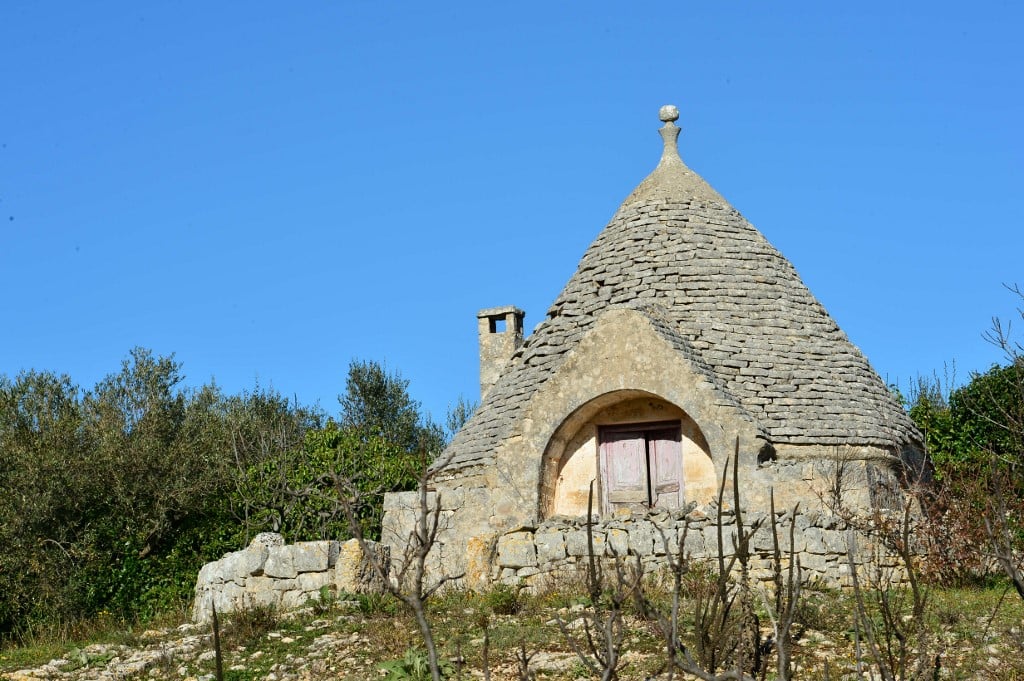- Why finding a bargain Italian property could be harder than you think
- 'What happened when I bought a house in Italy during lockdown – without viewing it'
- 'We're Covid-free': Remote Italian village tempts buyers with one-euro homes
The question prospective buyers and sellers have been asking throughout the pandemic is whether house prices will fall.




 Please whitelist us to continue reading.
Please whitelist us to continue reading.
Member comments